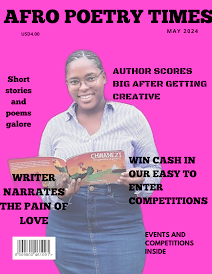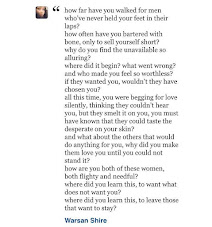A young Eastern Cape author has written a book aimed at anyone who wants to know more about the Xhosa culture and traditions, aptly named Don’t Upset ooMalume! A Guide to Stepping Up Your Xhosa Game.
Hombakazi Mercy Nqandeka said the guide to Xhosa culture with stories from daily rural life in the villages of Mqele and Bulungula, and lessons taught by her mother and grandmothers, hoped to help reconnect Xhosa people to their roots.
The “ooMalume” title refers to the crusty old uncle, or “malume”, who will wag his finger at disrespectful youngsters from the city who have lost touch with their roots and cultural identity.
The author, 33, is an agriculturalist by profession who started writing at high school, but only started to take it seriously at university.
“I went to study abroad in Ireland and France, and being away from home made me write a lot,” she said.
The book was written in English and isiXhosa, with every topic covered in both languages for good reason, Nqandeka said.
“It is not just a book for amaXhosa but for everybody who’s interested in learning about the Xhosa culture.
“I wrote everything in English first ,and then I translated it into Xhosa and it’s in accessible language.
“There are amaXhosa who have grown up in the cities also who don’t know the traditions and history, but it would be very limiting if it was only in Xhosa.”
And, yes, there is a special uncle in her own family, from whom she has learnt a lot.
“He’s the main figure we have at home because my father passed on when we were very young.
“I am also glad that people are now realising the importance of recording things and not only having an oral history.”
Nqandeka has a double master’s degree in agriculture, climate change and transition from the National University of Ireland and the University of Montpellier SupAgro in France.
When she returned from her studies, she did not find work immediately.
She moved home to live with her mother at the end of 2019, and then spent much of the next year in Mqele, in the northeast Eastern Cape.
“I started taking pictures of food, clothes, beads, nature and wrote stories of what they meant, and their significance.
“It just came out of me trying to find something to light up my days because there was nothing, and I was trying to figure out life.”
In doing so, she created a community of people on social media who wanted to learn more about her culture.
Then, as the posts grew increasingly popular, she had the idea to turn them into a book.













